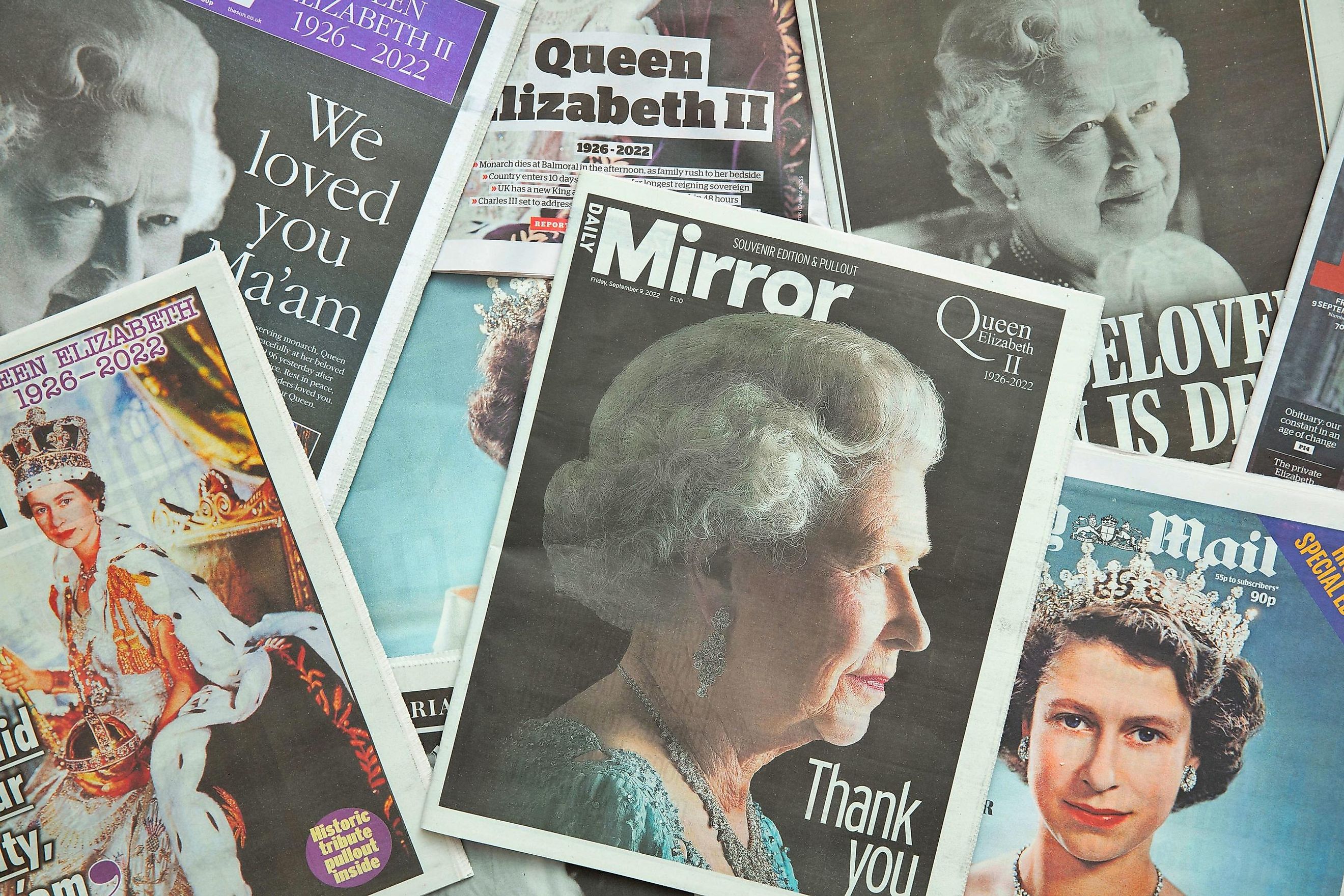
How Does Britain's Royal Succession Work?
In ancient history, the loss of a monarch was not a televised event that garnered grief and hope in manageable amounts; succession often meant upheaval and despair. It is a privilege that citizens of the United Kingdom now live under a constitution that guarantees a peaceful transfer of power. However, with over 1500 years of history, with an amalgamation of laws and traditions backing it, likely, the average person does not understand how or why the United Kingdom passes the crown to the next monarch. Furthermore, the role of the monarch has changed over time from inspiring leader to dictator, and finally to a symbolic figurehead. Knowing just how those changes occurred and what they look like today guarantees the ability to engage in relevant conversation during the ongoing transfer of power, from Queen Elizabeth II to King Charles III.
History
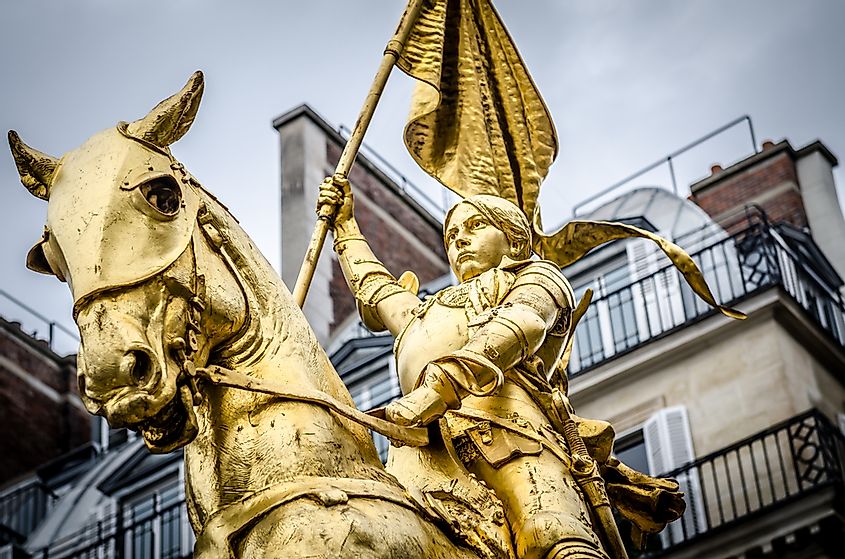
The process of succession is a delicate and vital issue, in any government, going through a transfer of power. To avoid a power vacuum that results in bad actors assuming leadership positions, great care must be taken to compromise between the public’s interest and powerful state figures vying for the throne. For instance, after the Roman occupation of Britain ended around 410AD, invaders from collateral coasts established several kingdoms that eventually dominated England, which often competed, and then finally united around 924AD. Often, the unification of those kingdoms came from thrones being assumed by the closest relative, through marriage, when the prior monarch failed to produce an heir. That is why today the throne is taken by the sovereign’s eldest heir, male or female. However, that is a recent amendment to the 1301AD ruling by King Edward I, who believed a woman could only become queen if she did not have any male siblings. The first queen of England technically was Lady Jane Grey, although Queen Mary overthrew and executed her after only nine days.
An insightful understanding of the English throne revolves around William the Conqueror’s claim to it. As his title suggests, William captured the English throne by defeating King Harold Godwinson who ruled for less than a year in 1066AD. Essentially, Edgard Atheling had a claim to the throne after King Edward died childlessly, but he was too young to inherit it. The legal body that decided in situations like this was the Witan, a group that advised the king and eventually evolved into parliament. The throne went to Harold, but William disagreed and seized it by force that same year. The French family line that William ushered in resulted in a dual monarchy of England and France toward the end of the Hundred Years’ War, which was separated by Joan of Arc’s efforts in reestablishing France’s King Charles VII by 1453.
Modern Day Process
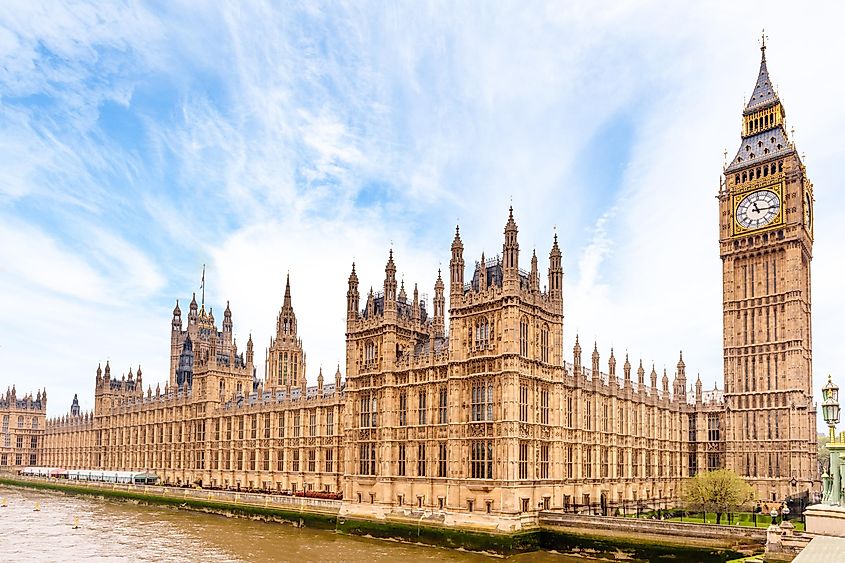
Although historical, the events of the 1600s laid the framework for the modern-day succession of the throne. In short, Parliament exiled Charles II instead of allowing him to continue as King in 1651AD. However, that vacuum was filled by Oliver Cromwell who possessed monarchic power and represented a parliamentary government resembling a republic rather than a monarchy. When Cromwell passed, Charles II was invited to resume power. Eventually, James II took the throne. Disagreements over the religious disposition of the crown, be the bearer catholic or protestant, forced James II to flee to France. During this time, the English Parliament removed him as king and proceeded to establish his daughter as Queen. Furthermore, in 1689, Parliament produced the Bill of Rights which in essence forced the monarch to adhere to their authority.
The Bill’s principles are still in use today, which is why Parliament is responsible for agreeing on the successor. Following the Queen’s passing in 2022, King Charles III was immediately the king but will be only crowned after several procedures such as an Accession Council meeting. Members of that ~200-person council included the prime minister, the Archbishop of Canterbury, and the Lord Chancellor. Following this, King Charles II swore to the council to uphold the constitutional government. Lastly, the coronation will be carried out by the Archbishop of Canterbury, who will place St Edward’s crown on Charles III. For reference, it took Queen Elizabeth a year to be crowned in 1953, despite succeeding the throne in 1952.
Responsibilities of the Successor
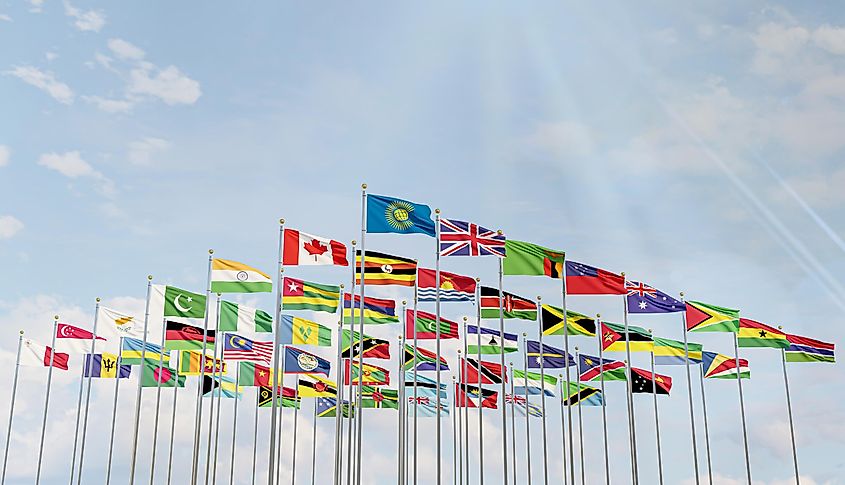
The role of the monarch has fluctuated significantly since King Athelstan, in 924 AD. His responsibilities centered around forming councils and concentrating power and investing in state institutions. The precedents for the behavior and responsibilities of England’s monarch begin before Athelstan, in a sense. Before there was a single monarch of England, there were many kings and queens of large territories. For example, the previous King of York, Eric Bloodaxe, was defeated and the Viking kingdom merged into Athelstan’s kingdom. Therefore, some of the first responsibilities of the Crown revolved around preventing internal and external threats that could have divided the kingdom. Today, the monarch is largely a figurehead that approves of the decisions of Parliament, delivers speeches, leads events, and hosts foreign diplomats and leaders. The expectation is that the King and the Queen Consort live in Buckingham Palace.
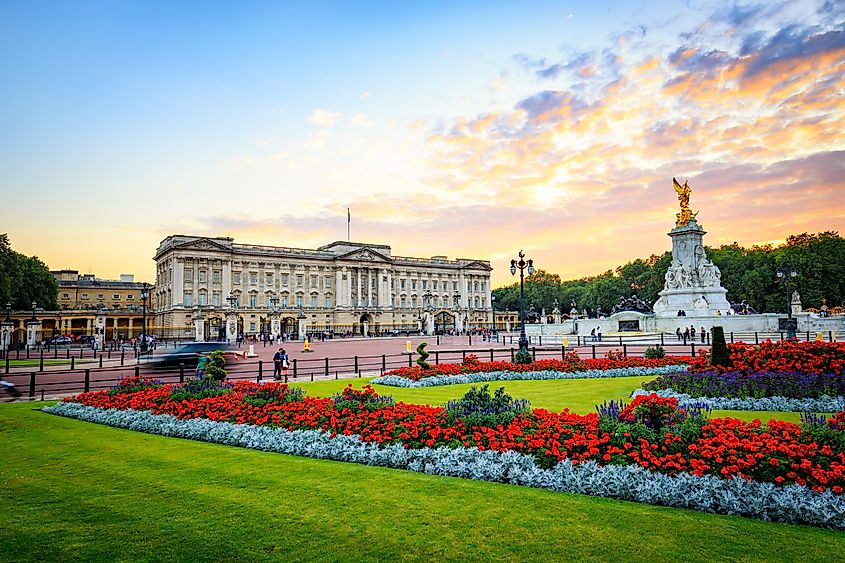
Although the role is now primarily symbolic, it should not be underestimated in terms of produced value to the kingdom’s strength. Citizens of the United Kingdom experience a sense of solidarity and continuation of national identity through the preserved royal family, which is essential during times of crisis. During World War II, visits to factories and encouraging broadcasts, by the King and Queen, aided public morale during devastating bombings and air raids. More recently, Queen Elizabeth II addressed England during the height of the Coronavirus pandemic, which increased public trust in medical institutions and boosted morale. Lastly, the current monarch of England, Charles III, is the ‘Head of the Commonwealth.’ The Commonwealth comprises over 2 billion people living in these countries: Australia, Antigua and Barbuda, the Bahamas, Belize, Canada, Grenada, Jamaica, Papua New Guinea, St Christopher and Nevis, St Lucia, St Vincent and the Grenadines, New Zealand, Solomon Islands, Tuvalu. Although it is a ceremonial position, the Head of the Commonwealth represents amicable relations between these independent countries.
Having controlled 23 percent of the world, the British realm was formerly the largest empire in history. Therefore, the crown has had a violent and consequential record since the era in which the early kingdoms of England were established. Religious civil war, disagreements between heirs, and parliament-enforced exiles have surrounded the position and urged the country to consider a more stable form of succession. While parliament is democratically elected, the ultimate resolution to the perilous ambitions that desired the crown proved itself to be a stripping of its powers. The result of this transition is evident in the past three centuries; citizens of the United Kingdom have not depended on the erratic natures of heirs to guarantee social stability. It is no longer a dice roll between having a humanitarian monarch, or a tyrannical one. However, caution is still essential – the potential for abuse of power through single points of failure like modern-day Prime Ministers, is a threat that demands constant vigilance by voting citizens.











